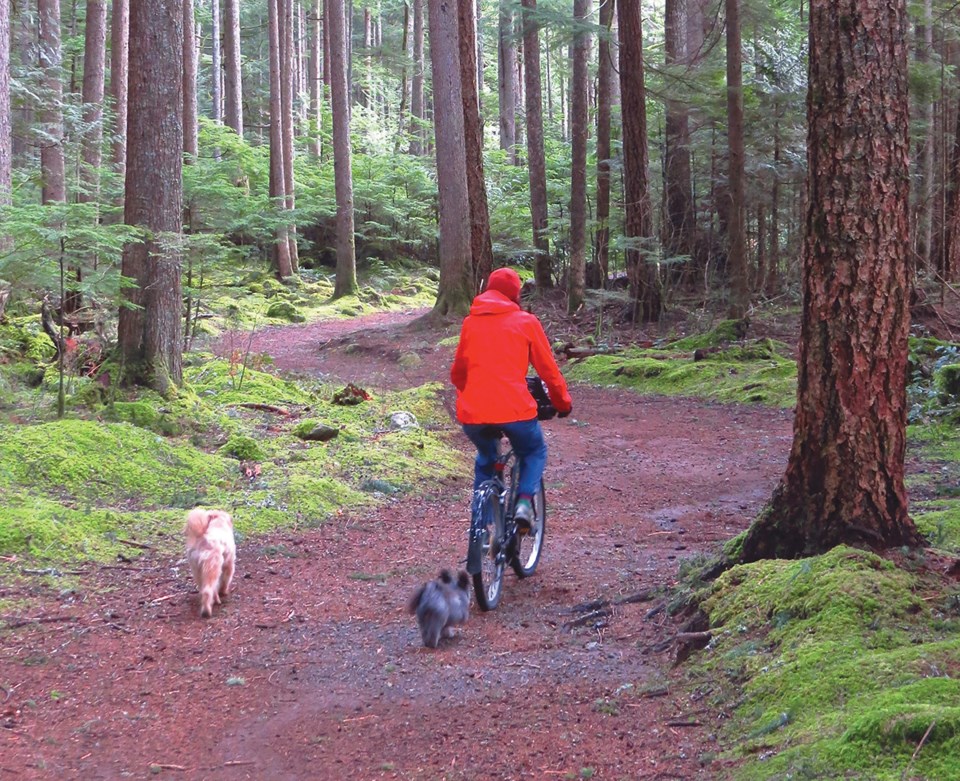The authority responsible for managing the province’s annual cut has responded to concerns from the Squamish-Lillooet Regional District about forestry practices concerning visual quality and the preservation of trails, among other things.
The dialogue between the two authorities is regarding a proposed new forest stewardship plan.
Forest stewardship plans are high-level documents detailing strategies that could reduce harm created by forestry operations, such as tree-falling and road construction.
While they don’t provide specific site information on proposed cut blocks or forest service roads, these plans can nonetheless partially determine the impact the forestry industry can have in the area.
Many plans are up for renewal this year, including the plan covering the Sea to Sky area.
As a result, BC Timber Sales, which is responsible for managing much of the Crown’s annual cut, has put forth a proposed plan.
The Squamish-Lillooet Regional District reviewed the document in June and wrote a letter to BC Timber Sales expressing a number of concerns with the proposal. BC Timber Sales responded to the regional district, and the correspondence has been recently published by the SLRD.
To begin with, the regional district highlighted a number of points it hoped BC Timber Sales would examine.
In a letter to the forestry authority, regional district chair Jack Crompton made several comments.
He asked BC Timber Sales to implement best practices for water protection and erosion prevention for any forestry activity that may occur within a community watershed.
Crompton also suggested that the organization “document an approach to meaningfully engage with local recreation and trails organizations, and local government, for the protection of non-gazetted trails and recreation sites from forestry operations.” Non-gazetted trails refer to trails that don’t appear on maps.
An information report on the matter presented to the regional district board said, “The SLRD has a much broader and more intricate network of recreational trails and sites, many of which are not officially listed and described in the [Forest Stewardship Plan]. These trails and sites are vital to SLRD’s reputation for world-class recreational excellence.”
In the letter, the SLRD also asked for further explanation and possible update about the visual quality objectives in the plan, which, according to the regional district, appeared to be dated from 1995.
Visual quality objectives are essentially the goals that describe how a landscape should look after industry works in an area.
Suggestions were also made that BC Timber Sales implement stocking standards for fuel and fire management.
In a response letter to Crompton’s feedback, Karen Marshall of BC Timber Sales assured her organization would take into account the SLRD’s concerns.
Regarding concerns about industry impact on water, she said a hydrologic review would be carried out by a qualified professional within five years before any forestry activity occurs.
The review would detail the potential effects on water quality and any risks to public health, among other things.
With respect to recreational trails, Marshall acknowledged that the forest stewardship plan has only included legally established trails.
However, she said in her letter that “[BC Timber Sales] has committed to communicating with recreational stakeholders, and has worked with parties to mitigate impacts to recreational trails.”
For visual quality objectives, Marshall said recent changes have been made to those guidelines and that revised visual quality objective ratings are being created by the Sea to Sky Forest District. The organization will comply with those ratings once they are assigned, though they are not yet available for public review, she said.
Regarding fire and fuel management, the organization said that designing cutblocks with fire and fuel management as the main objective is out of scope for BC Timber Sales.
Marshall said there is information around fire and fuel management, but there aren’t any district policies in place.
Qualified professionals take such information into account when they create site plans, she said.
She also added that the forest stewardship plan has been referred to all local governments, First Nations and stakeholders in the area.




